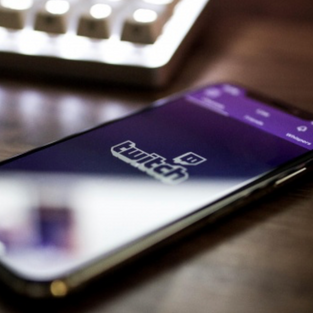Virtual experiences and gaming are creating new opportunities for fashion brands to interact with consumers, while generating new income streams by making high-end fashion more attainable to aspirational customers.
We know that the ongoing pandemic has effected the fashion industry exponentially, and will continue to do so for some time. With luxury showcases and tradeshows forced online or postponed due to social distancing restrictions, technology has quickly become more important than ever. Innovative digital ideas are being explored by brands desperate to continue presenting new products to consumers.
At a time when the desire for escapism from day-to-day lives is high, gaming is on the rise. Gaming platforms allow users to be more expressive, reconnect with friends, and switch off from work life. Both fashion and gaming are comparatively about escapism and imagination, and there is an increasingly blurred line between virtual and reality.
Before the pandemic, fashion brands were already embracing gaming as a way to reach a new consumer base, with Louis Vuitton’s League of Legends collaboration, and the continued venture of fashion brands into the hugely popular Animal Crossing game. More recently, due to the pandemic, the live streaming gaming platform Twitch played host to Burberry’s spring summer 2021 catwalk show, allowing a global audience inclusive access to the completely remote London Fashion Week show. With comment and chat functions built in, the brand was able to get instant feedback from viewers, a priceless opportunity for both product and marketing teams.
As we discussed in our webinar series ‘The New Normal’ the pandemic has greatly accelerated the use of digital platforms. Now is the opportune time to explore partnerships that can produce more immersive and exciting product launches, with the goal of becoming increasingly responsive and engaging with tech-smart consumers.
With the gaming sphere becoming more mainstream, and more fashionable, the demographic of gamers has changed considerably. 45 percent of gamers are women, and the stereotypical gamer - the ‘geeky’ teenage boy – is a thing of the past. Fashion games are becoming increasingly popular. For The Sims, a fashion collaboration was a natural evolution. Moschino’s partnership allows gamers to select outfits for their avatars, with players then able to purchase the real life garments. Styling app Drest allows users to dress models in luxury couture, vote on other player’s creations, and buy their character’s clothing using in-game virtual currency. Digital fashion purchases allow consumers to buy into high-end brands for a fraction of the price of real items, creating new monetising opportunities for brands. The rise of fashion gaming collaborations can also be seen on the highstreet, with brands such as H&M and Bershka regularly dropping ranges featuring licensed gaming graphics.
The new digital era unlocks a fresh and exciting space for the fashion industry. Gaming is evolving, allowing users greater creativity and connectivity with both brands and peers. Brands are gaining greater exposure and utilising this opportunity to create more personalised and impactful experiences. With the growing need for brands to rethink physical product strategies, and create memorable campaigns, it will be interesting to see how brands embrace these opportunities, and what further developments lie ahead.







Kommentare